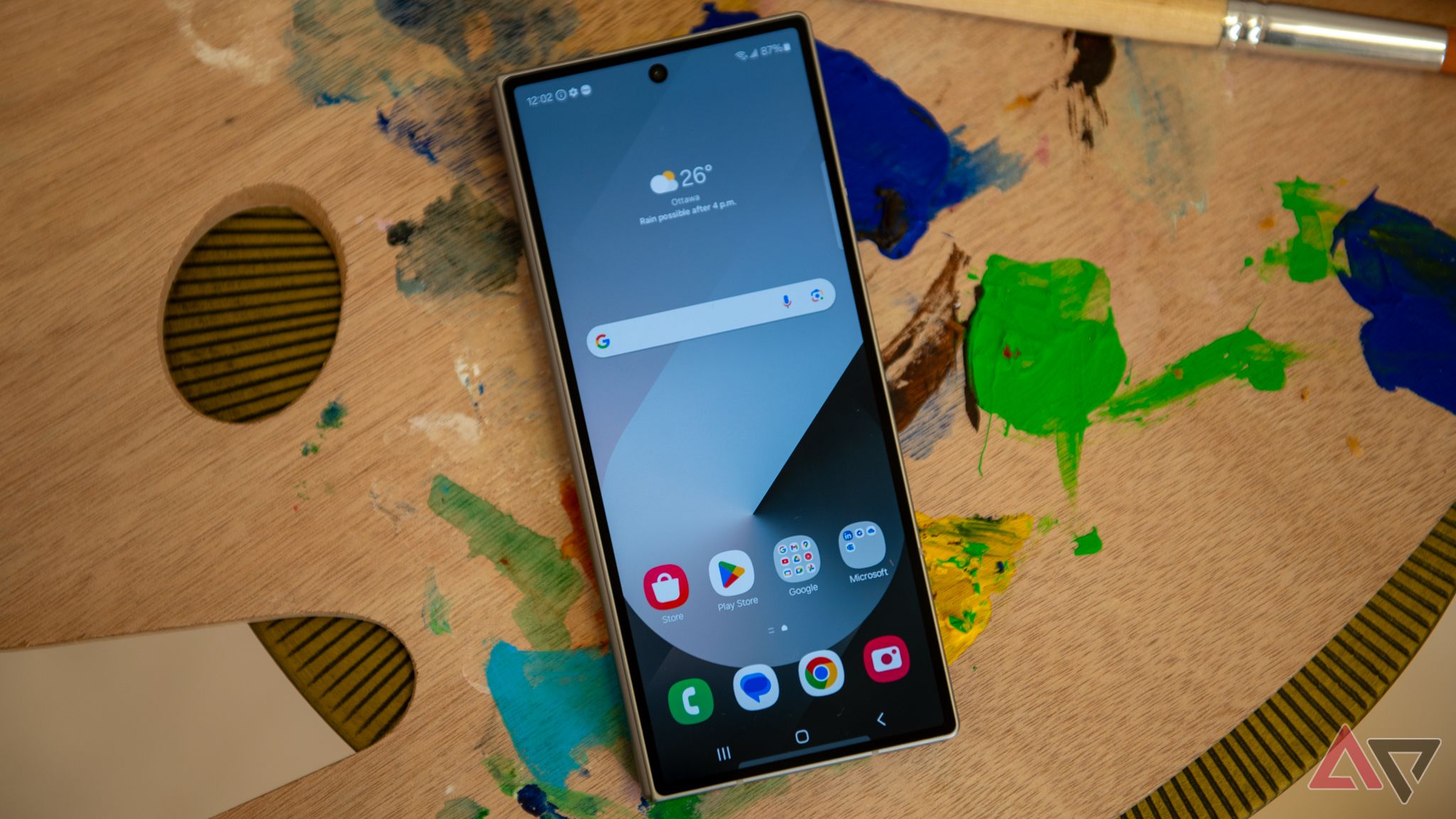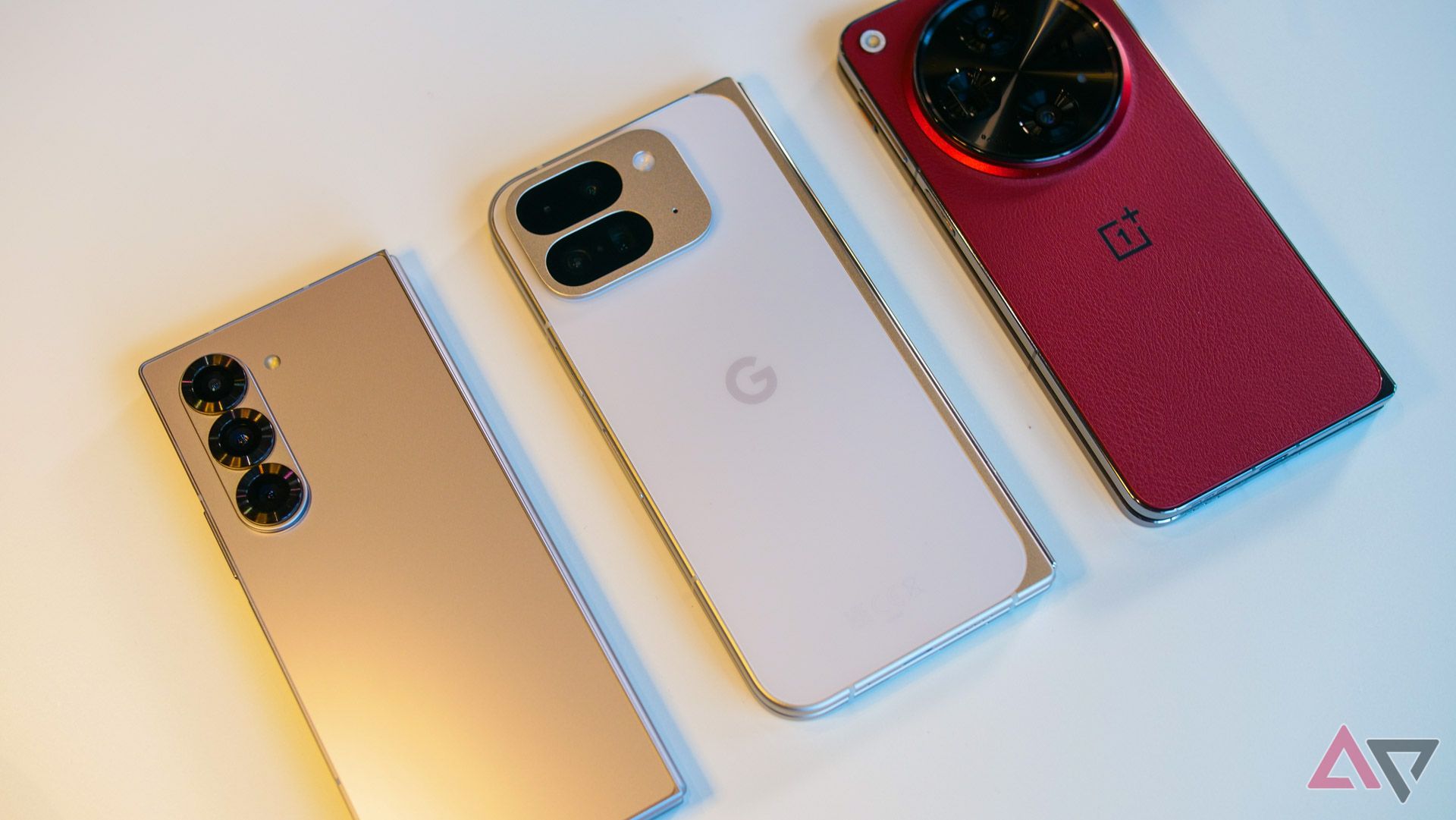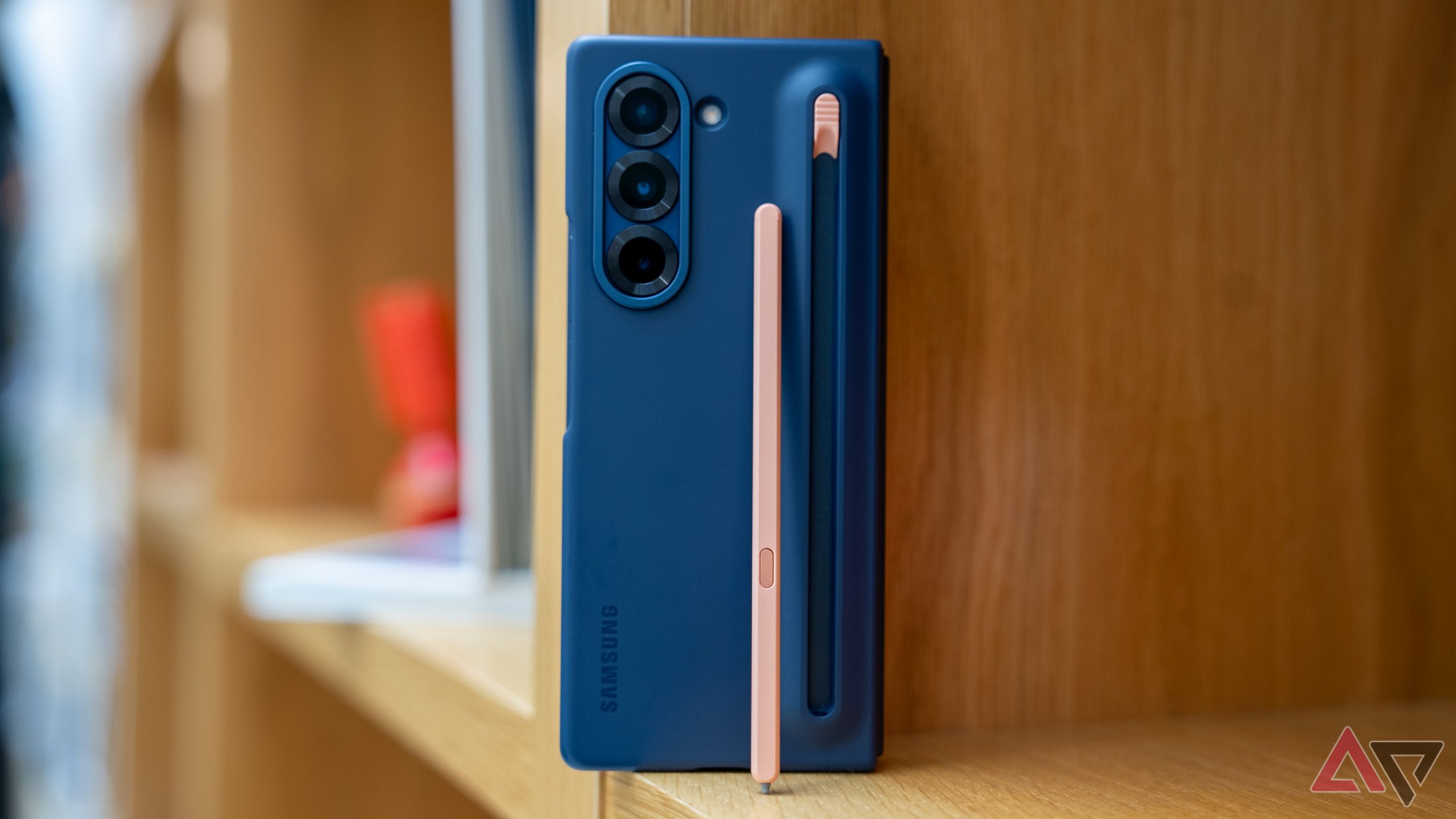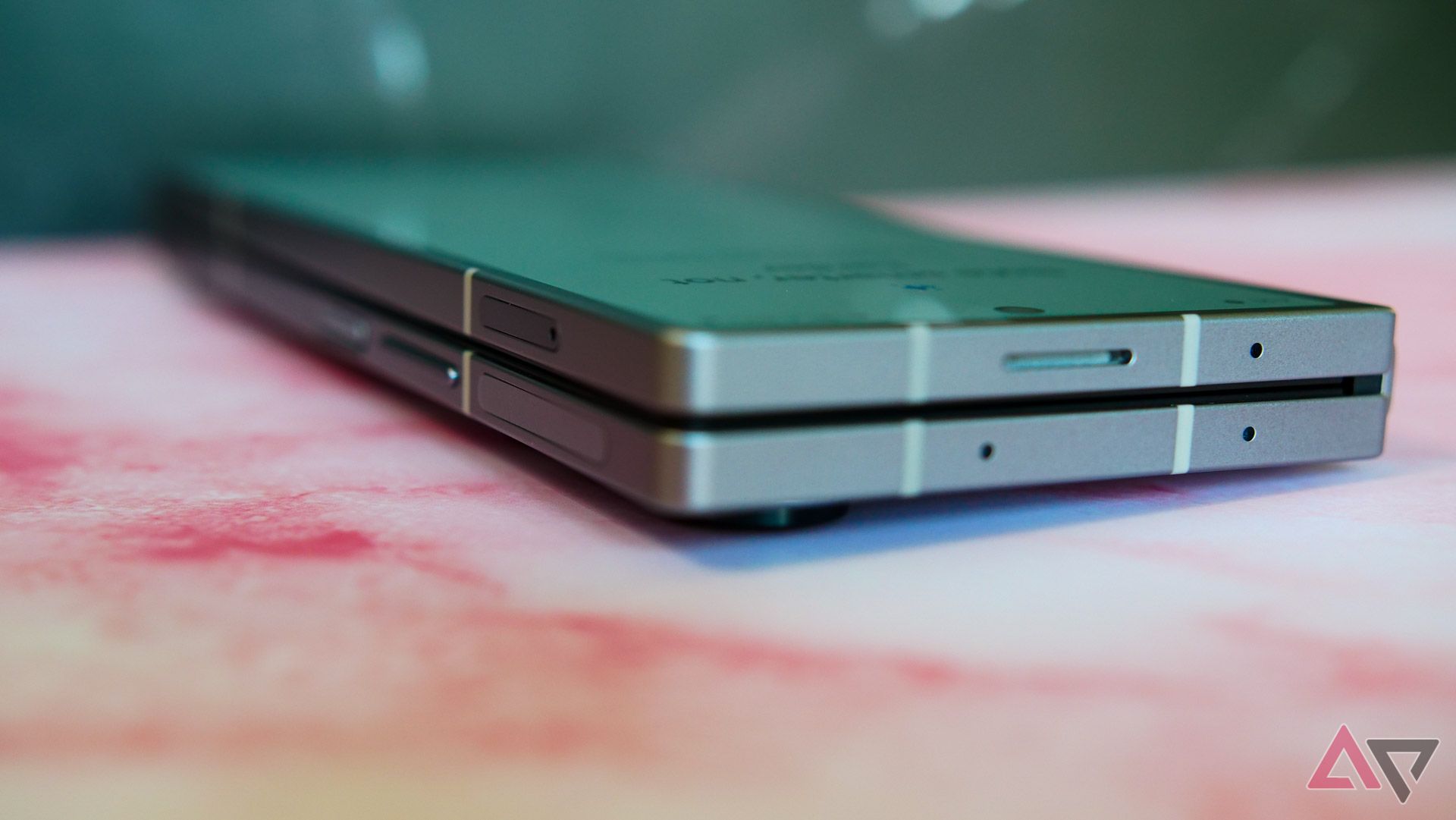Quick answer:
Yes, the IP48-rated Samsung Galaxy Z Fold 6 is functionally waterproof, but shouldn’t be used for underwater photography.
Foldables have come a long way since the original Z Fold’s inauspicious debut. Improved performance, streamlined form factors, and increasingly useful software come alongside arguably their most important upgrade: significantly improved durability.
A big part of that durability is resistance to water and dust ingress. There aren’t any mainstream smartphones designed explicitly for swimming or underwater photography, but many of today’s great midrange phones won’t be damaged by rainfall or the occasional, accidental dip. Now that the top foldables see rigorous manufacturer testing against moisture and foreign particles, one of the field’s biggest downsides is shrinking.
Is the Samsung Galaxy Z Fold 6 waterproof?
Ready for a rainy day
The Samsung Galaxy Z Fold 6 is waterproof as far as normal use is concerned. Samsung tested it under continuous immersion in up to 1.5m for 30 minutes, resulting in an IP48 rating.
Like nearly all other phones, it’s not a good idea to verify this yourself by dunking it, since the typical bumps, nicks, and dust from everyday use could slightly compromise seals and lead to damage. But you won’t have to worry in the most torrential downpour, or even if your Z Fold 6 slips into the sink by accident.
The Z Fold 6 also stands with the Z Flip 6 as the company’s first foldables certified to resist foreign particles, which is significant due to the danger that small particles pose to the folding display. However, it’s not the absolute peak of resilience, because an IP48 rating only officially denotes protection from particles 1mm or larger. It’s a step up from earlier Z Folds, though, as well as compared to many foldable competitors.
Are IP ratings legitimate?
Only as long as you know what they really mean
The Z Fold 6’s IP48 rating beats the IPX8 Pixel 9 Pro Fold and IPX4 OnePlus Open
The International Electrotechnical Commission lays out relatively specific conditions for the tests that grant IP ratings, which don’t exactly mirror real-world usage. To start with, the tests use brand-new devices in pristine condition, without any of the small cracks or nearly imperceptible bits of dust that could reduce water resistance.
More importantly, though, these tests occur in laboratory conditions using pure water, which technically isn’t hazardous to electronics because it doesn’t conduct electricity. You probably won’t encounter much pure water in the real world, with bottled, tap, and natural water from lakes and rivers all having some sort of foreign substance dissolved in it.
So, it’s not a great idea to wash your phone under a faucet or in a container of water, even though some owners share stories of doing so successfully. A small amount of water ingress might not cause an immediate problem, but leftover dissolved solids can cause corrosion or short circuits through time and continued use.
The Z Fold 6 in Samsung’s official, excellent S Pen Case
It’s also worth noting that an IPX8 rating doesn’t necessarily imply that a device would pass, for example, an IPX6 test, which indicates protection from powerful water jets. The two tests use very different protocols, and the results aren’t guaranteed to overlap. Some companies, like Sony, test devices to both IP65 and IP68 standards. In everyday use, though, IPX8 effectively ensures a device won’t see water damage.
What to do if your Z Fold 6 gets wet
Don’t panic, don’t use it, and don’t bother with rice
Pay special attention to moisture and residue around buttons and holes
Should you happen to drop your phone in the toilet, immediately turn it off and dry it with a soft cloth. Put it in a cool, dry place, and point a fan at it if you can. If you really want next-level drying power, you can cover the device in moisture-absorbing silica gel beads, but that’s not needed if you have time to wait.
If any part of your phone shows residue after drying, a cotton swab slightly wet with isopropyl alcohol should remove it. That’s also what you’d use to remove leftover dissolved solids from a phone’s internals, but foldables are essentially impossible to open and clean or service at home. Your best shot at prevention is a high-grip case or TPU wrap, so you don’t drop it in the first place and get it wet or cause other damage that could reduce its waterproofing.
Whatever you do, don’t put a recently soaked phone in rice to dry it out. Uncooked rice does nothing but reduce potentially helpful airflow. And cooked rice pairs much better with black beans or sushi.
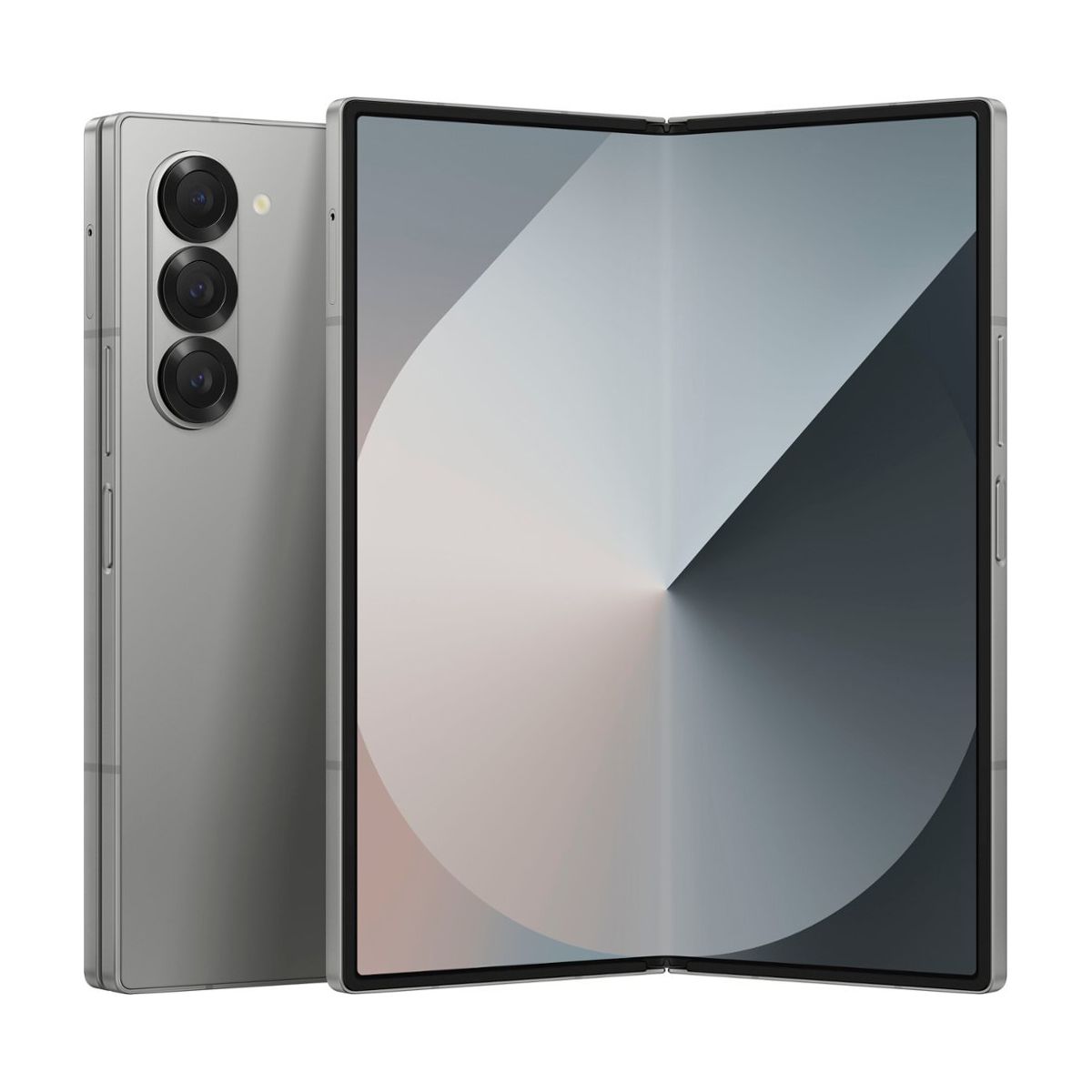
Samsung Galaxy Z Fold 6
Samsung’s latest foldable takes some cues from the Galaxy S24 Ultra, with a boxier design and an all-matte finish. It features a slightly wider cover display for a more comfortable typing experience, as well as new Galaxy AI features and an upgraded ultra-wide camera.
Source link

